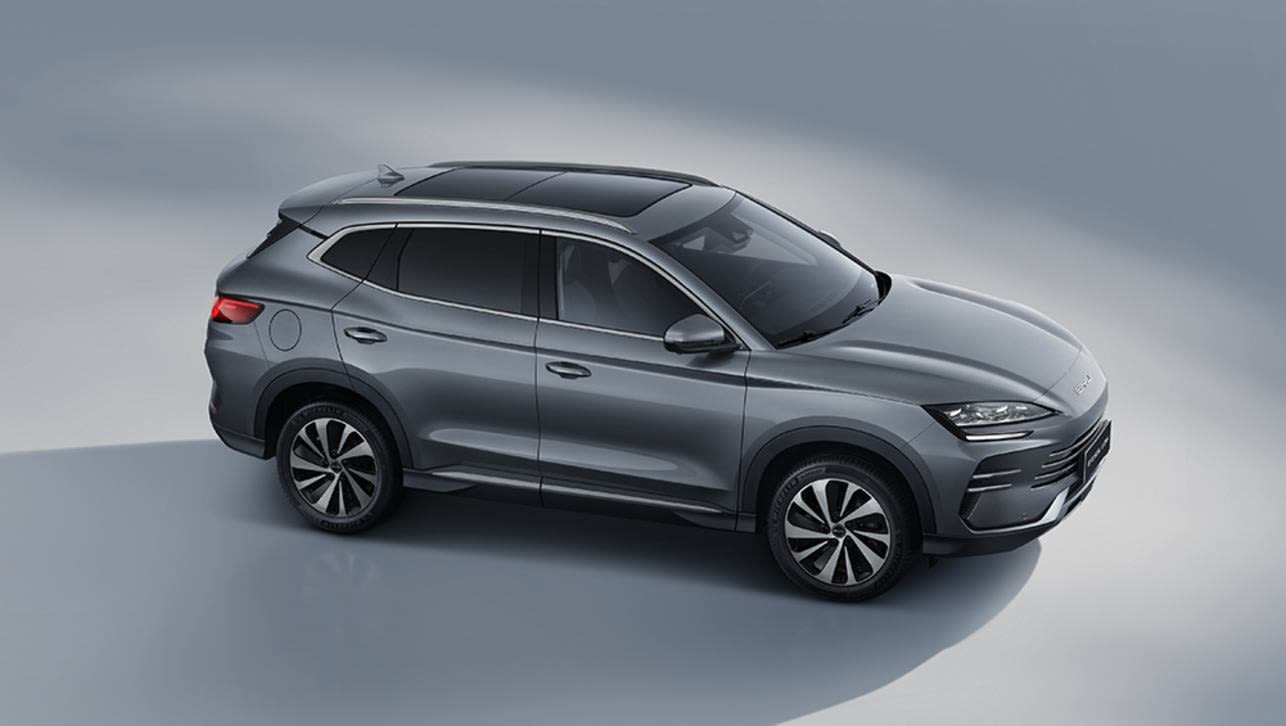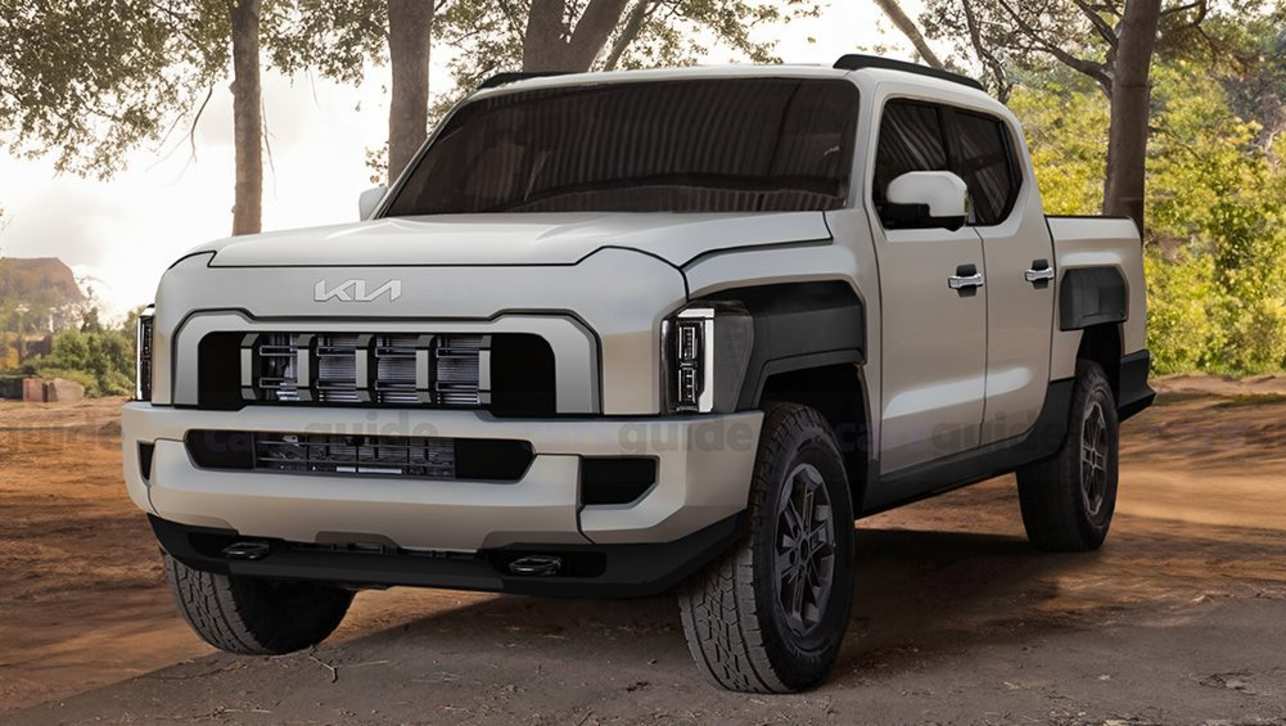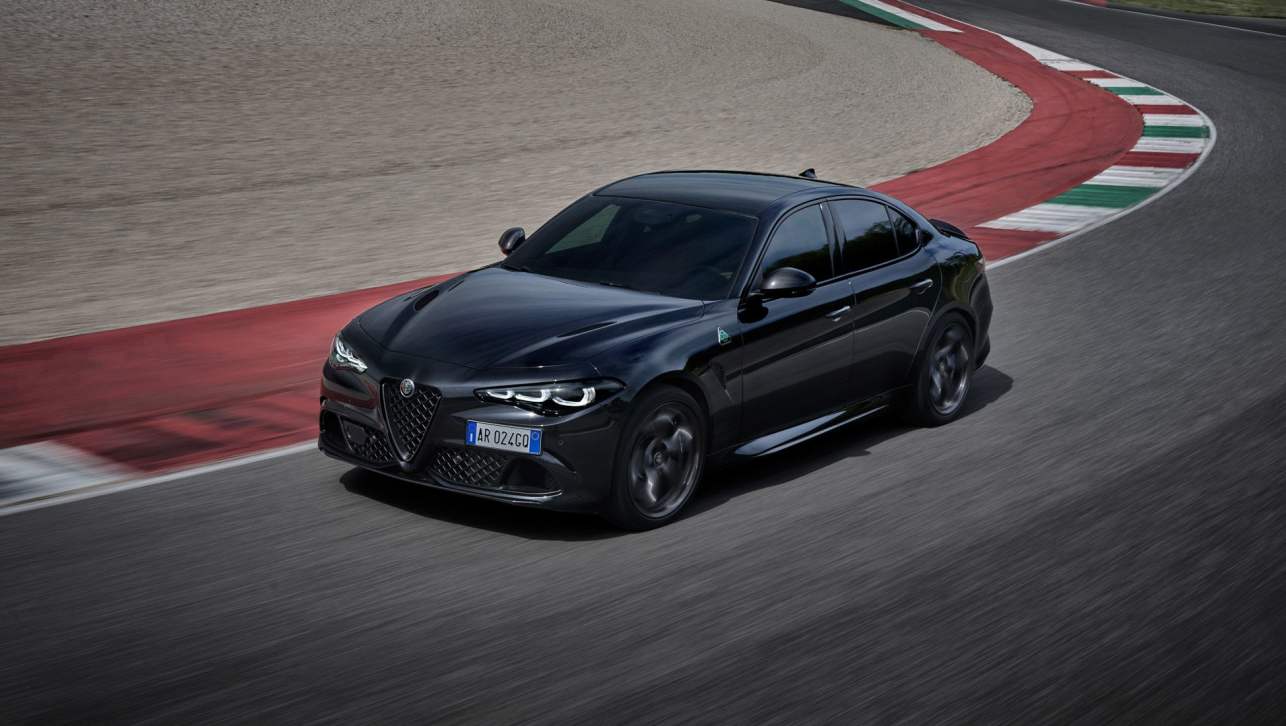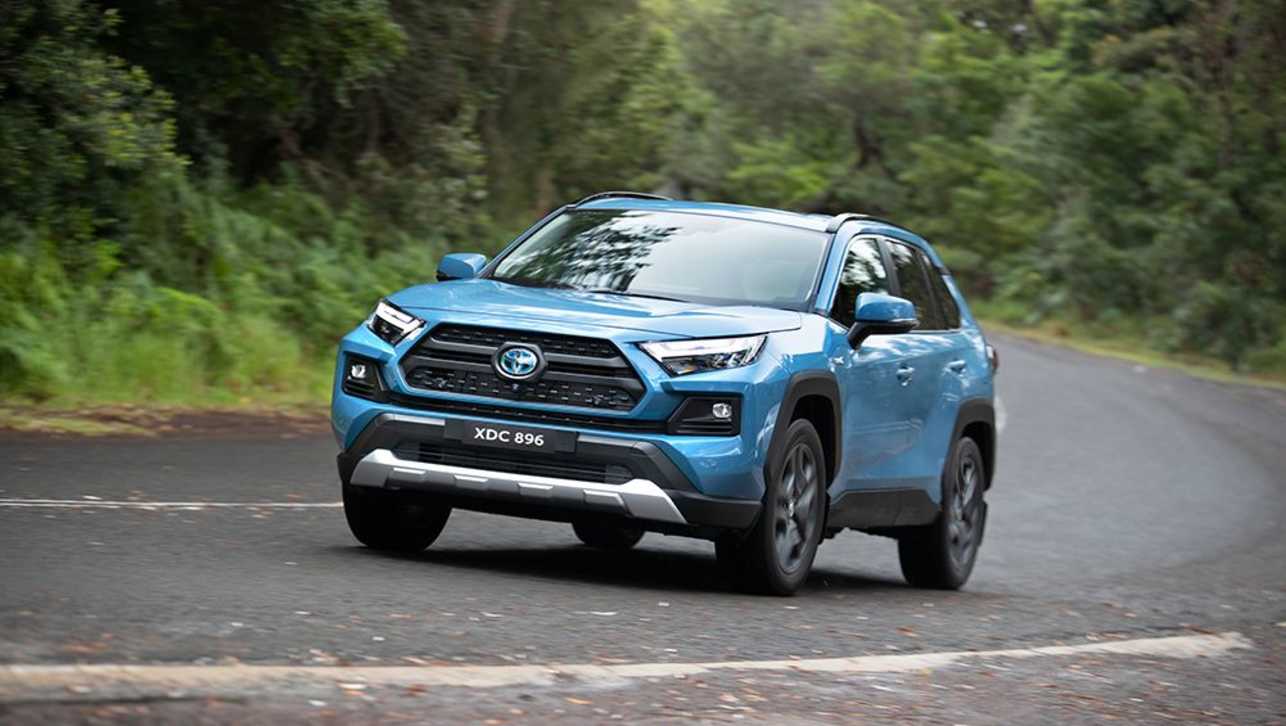Toyota’s new president and CEO Koji Sato has come out of the gates at full charge towards the brand’s future, with a plan to “immediately" and “thoroughly implement electrification”.
But one part of the plan puts cars like the hydrogen-powered Toyota Mirai on the chopping block, and vastly changes the expectations many might have for the future of dual-cab utes.
If the new CEO’s plan comes to fruition, the technology developed for the Mirai could end up powering the future of Toyota’s commercial vehicles like the HiLux ute and HiAce van.
Hiroki Nakajima, Executive Vice President and Chief Technology Officer, spoke after Sato and went into more detail about how Toyota’s electrification plans would unfold.
He said the new generation of electric cars Toyota plans to release later this decade “will double driving range by using batteries with far greater efficiency”.
But it’s the fuel-cell electric vehicle (FCEV) plans that are the biggest divergence from what the brand’s rivals have planned.
“For FCEVs, we will pursue mass production centred on commercial vehicles,” Nakajima said.
“One feature of FCEVs is that the energy source, hydrogen, is lightweight, so even when travelling longer distances the vehicle is not as heavy as a battery EV, and less space is required.
.jpg)
“Refuelling is also much quicker. Taking advantage of these strengths, we will work with business operators to promote FCEVs by starting with commercial vehicles such as medium- to heavy-duty trucks.
“Additionally, we have started basic research on hydrogen engines for heavy-duty commercial vehicles last year.”
Most real-world testing for hydrogen so far has been undertaken with SUVs or full-size trucks.
Interestingly, despite being comparatively unpopular in Australia compared with traditional parallel hybrids and even full BEVs, plug-in hybrids are on the list of focus points for Sato as the company plans to improve their usability.
“By increasing battery efficiency to extend the EV-mode driving range beyond 200km, we will reposition PHEVs as 'the practical BEV' and will work harder on developing this as another BEV option.”











.jpg)
.jpg)
.jpg)
.jpg)




.jpg)



.jpg)
.jpg)

.jpg)


.jpg)

Comments